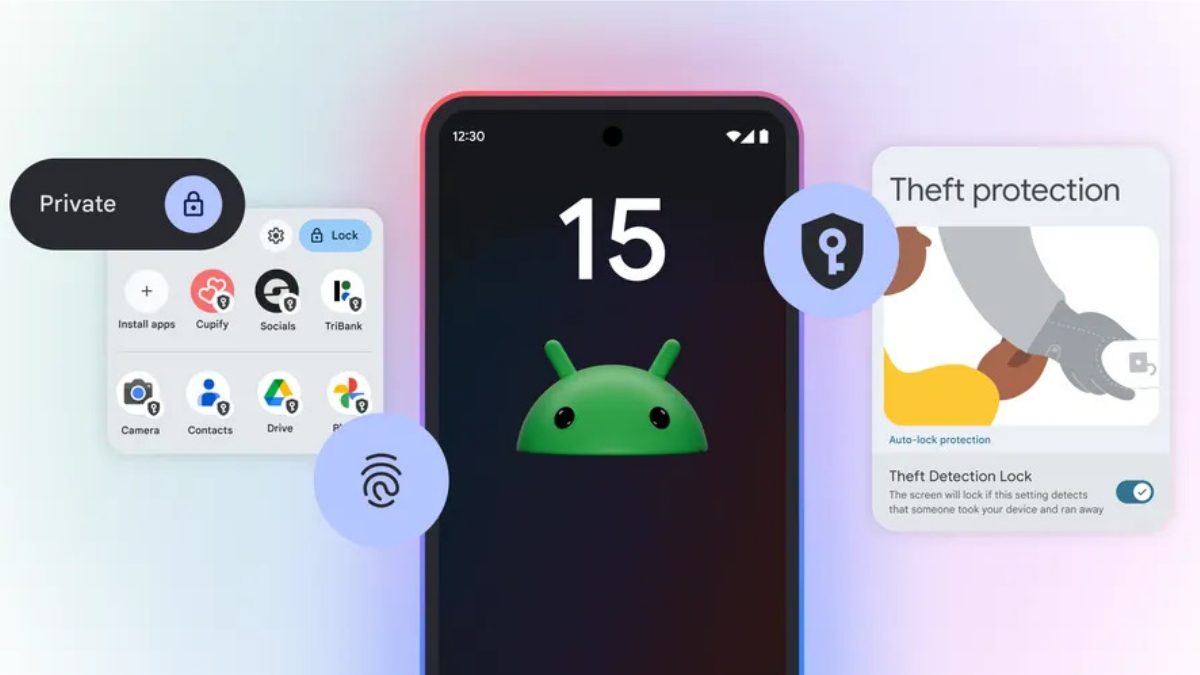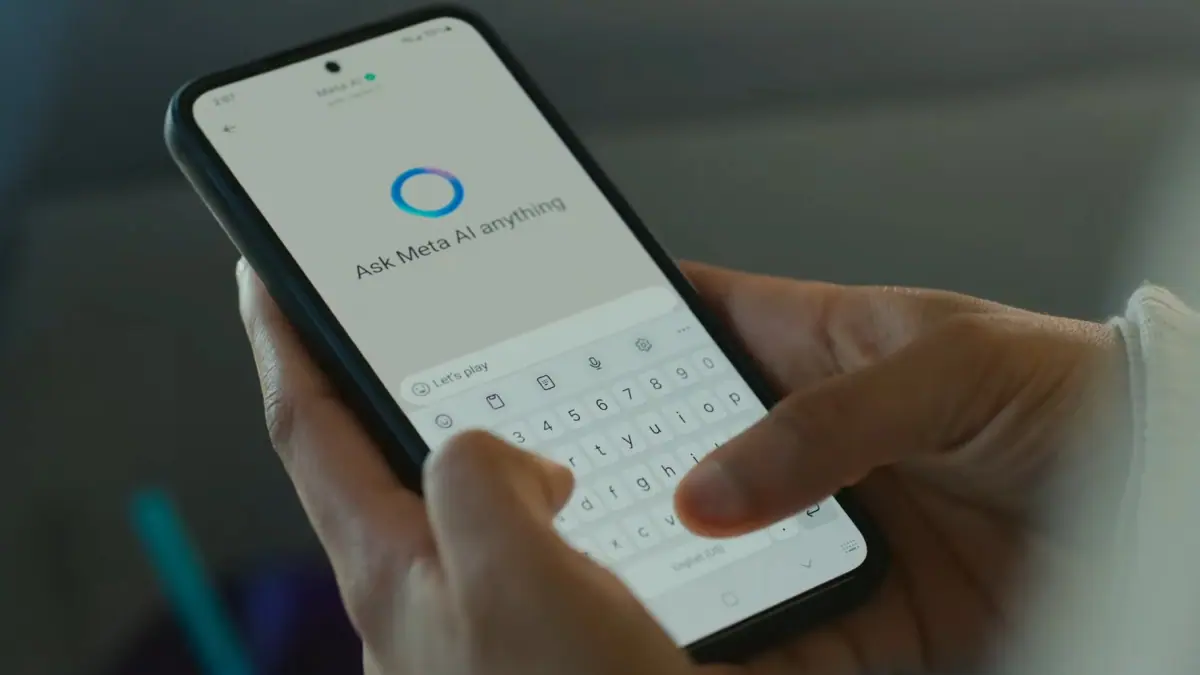Microsoft: Hololens apps and games should target 60 frames per second for better user experience
2 min. read
Published on
Read our disclosure page to find out how can you help MSPoweruser sustain the editorial team Read more

HoloLens is powered by a Intel 32 bit architecture CPU, a custom-built Microsoft Holographic Processing Unit (HPU 1.0) and 2GB of RAM. Since it is designed to be an untethered device, it has less powerful CPU with passive cooling and short battery life. So, Microsoft has provided some strict performance guidelines for developers.
Developing applications for HoloLens is different from developing typical desktop applications because the user’s view has to be quickly updated as she moves around in her world. Each eye has to be presented with independent visual frames to simulate the appearance of holographic objects in accordance with the laws of physics. As the user moves around, the visual representation has to be updated with minimal latency to avoid objects shifting relative to their real world counterparts. Because of this, the rendering pipeline of a holographic application is very similar to the rendering pipeline of a 3D game from the first person point of view. Note that forward rendering is cheaper on mobile chip sets when compared to the deferred pipeline.
Microsoft has mentioned that applications should target 60 frames per second (fps) with 1 frame latency. Also, the applications should not take more than 900 MB of RAM.
Essential Performance Targets:
| Metric | Target |
|---|---|
| Frame Rate | 60 fps |
| Power consumption | 1-minute average in orange and green area. See System Performance Tool information. |
| Memory | < 900 MB Total Commit |
If an application is not achieving its thermal/ power performance target, HoloLens will kill the application automatically. Read about this in detail from the source link below.








User forum
9 messages